EAT the Daily Dozen and PREVENT DISEASE!
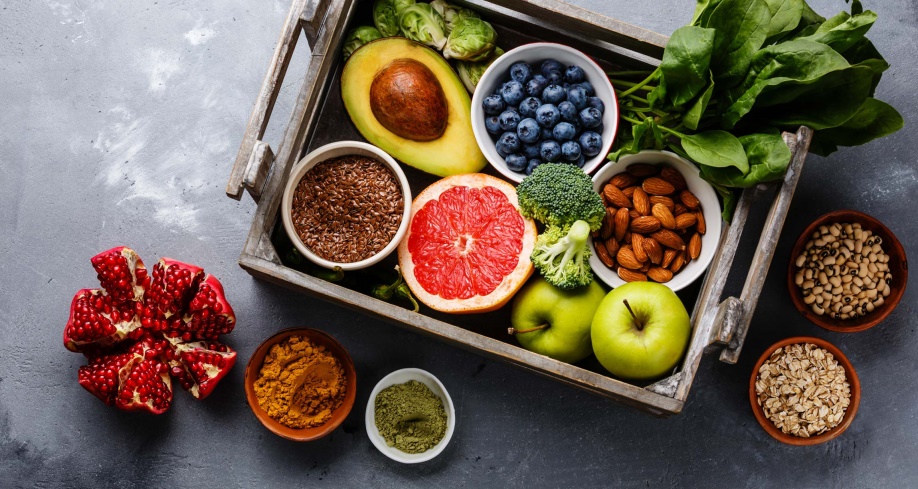
I pay attention to what Dr. Michael Greger has to say. Here’s why: He’s a founding member and Fellow of the American College of Lifestyle Medicine, a New York Times bestselling author (his latest book is How Not to Die), an internationally recognized speaker on nutrition, food safety, and public health issues, and a graduate of Cornell University School of Agriculture and Tufts University School of Medicine. Currently, Dr. Greger serves as Director of Public Health and Animal Agriculture at The Humane Society of the United States.

And what’s more, he’s generous! More than a thousand of his nutrition videos are freely available at www.nutritionfacts.org, (new videos and articles are uploaded every day).
His main focus and message is that we ought to be eating our medicine. He says that such diseases as Alzheimer’s, for instance, can actually be prevented by eating plants. And he campaigns against eating saturated fats and added sugars (two primary components of a modern Western diet), because they are incontestably linked with the development of Alzheimer’s.
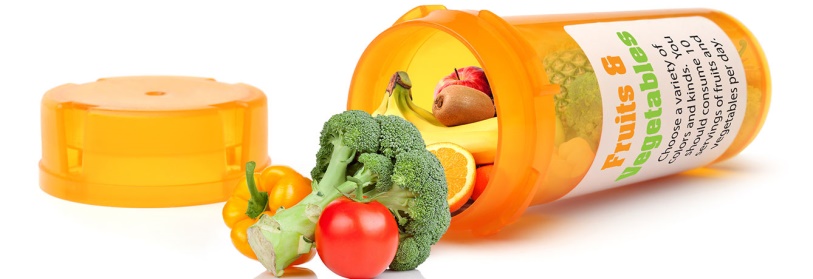
I know “food as medicine” isn’t new news. But read on for what Dr. Greger says are the VERY BEST disease preventers and how to incorporate them into your meal planning. First, though, some basic facts:
Not all plant foods are created equal; you want to center your meal plans around the best.
Healthy foods are not necessarily interchangeable. Some foods and food groups have special nutrients not found in abundance elsewhere.
For example, sulforaphane, the amazing liver-enzyme detox-boosting compound, is derived nearly exclusively from cruciferous vegetables. You could eat tons of other kinds of greens and vegetables on a given day, and get no appreciable sulforaphane if you didn’t eat something cruciferous.
It’s the same with flax seeds, and the anticancer lignan compounds. Flax averages a hundred times more lignans than other foods. And, mushrooms contain ergothioneine, not made anywhere else in the plant kingdom.
With that said, here is Dr. Greger’s list of high-powered disease preventers—his Daily Dozen. Try to fit as many of these as possible into your daily routine:
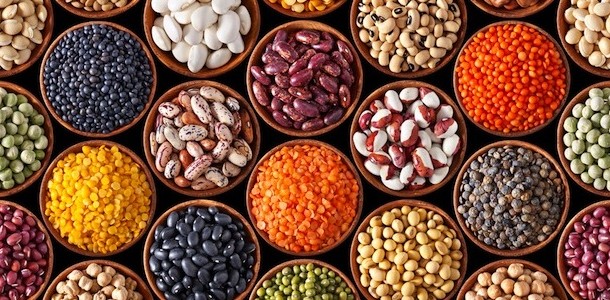
LEGUMES (beans, split peas, chickpeas, lentils, peanuts).
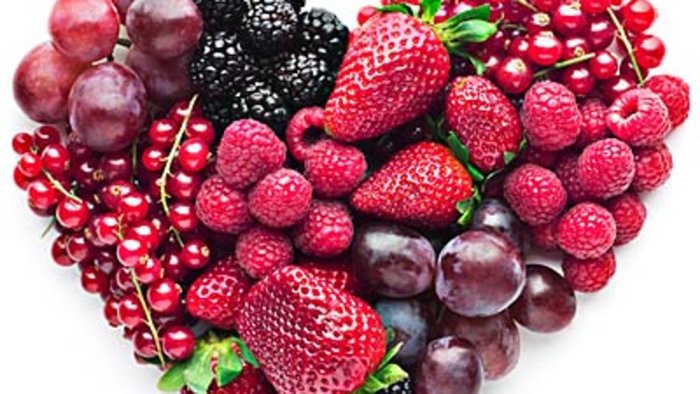
BERRIES (the colloquial term for any small edible fruit; so include cherries, kumquats, grapes, and raisins along with the strawberries, blackberries, blueberries, gooseberries, etc.). Try for a half-cup fresh or frozen, or a quarter-cup of dried.
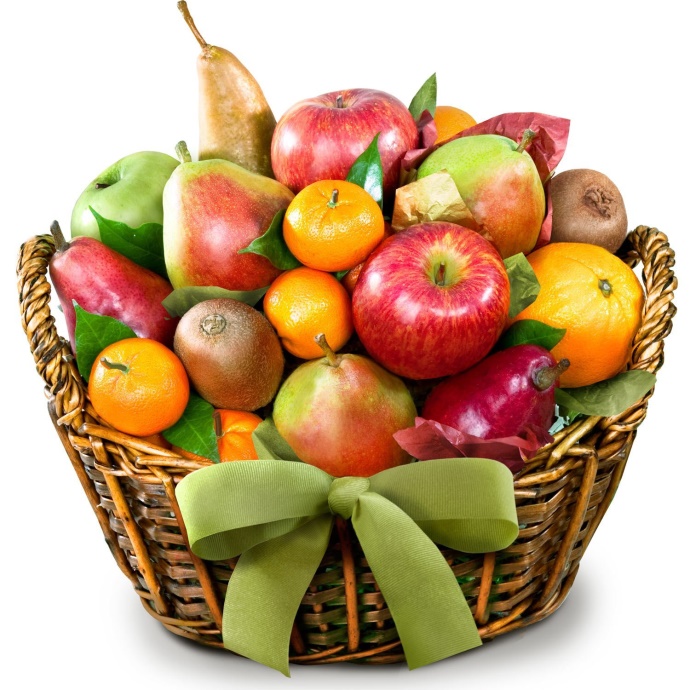
OTHER FRUITS (melons, bananas, pears, peaches, plums, kiwi, citrus, apples, etc.). A serving is a medium-sized fruit, a cup of cut-up fruit, or a quarter-cup of dried fruit.
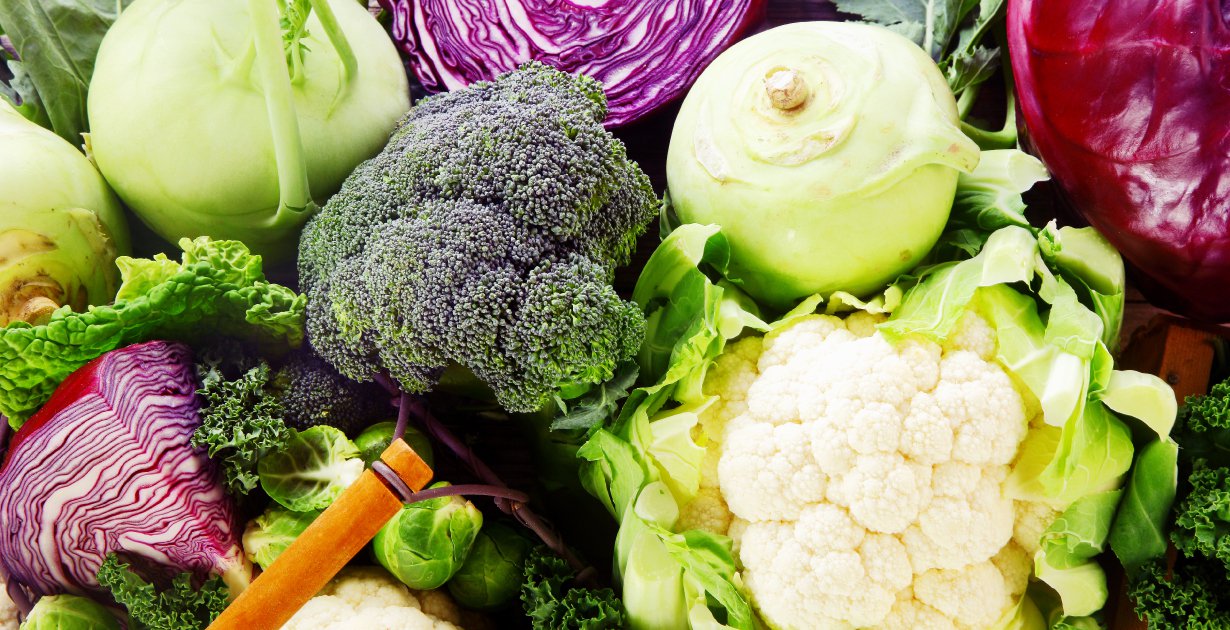
CRUCIFEROUS VEGETABLES (broccoli, cauliflower, cabbage, collards, and kale). One serving a day (a half-cup) and at least two additional servings of greens a day—cruciferous or otherwise.
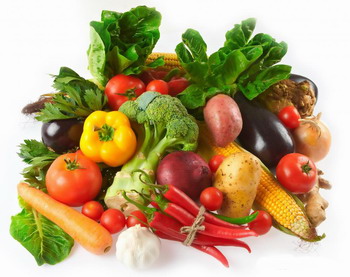
OTHER GREENS AND VEGETABLES (mushrooms, green beans, leaf lettuces, parsley, radishes, celery, onions, leeks, squashes, etc.). Serving sizes for this group are a cup for raw leafy vegetables, a half-cup for other raw or cooked non-leafy vegetables, and a quarter-cup for dried mushrooms.
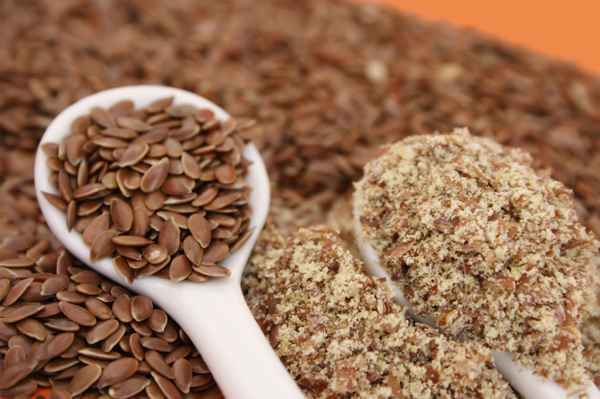
FLAX SEED. Try to incorporate one tablespoon of ground flax seeds into your daily diet. (I grind mine fresh using a small coffee grinder.)
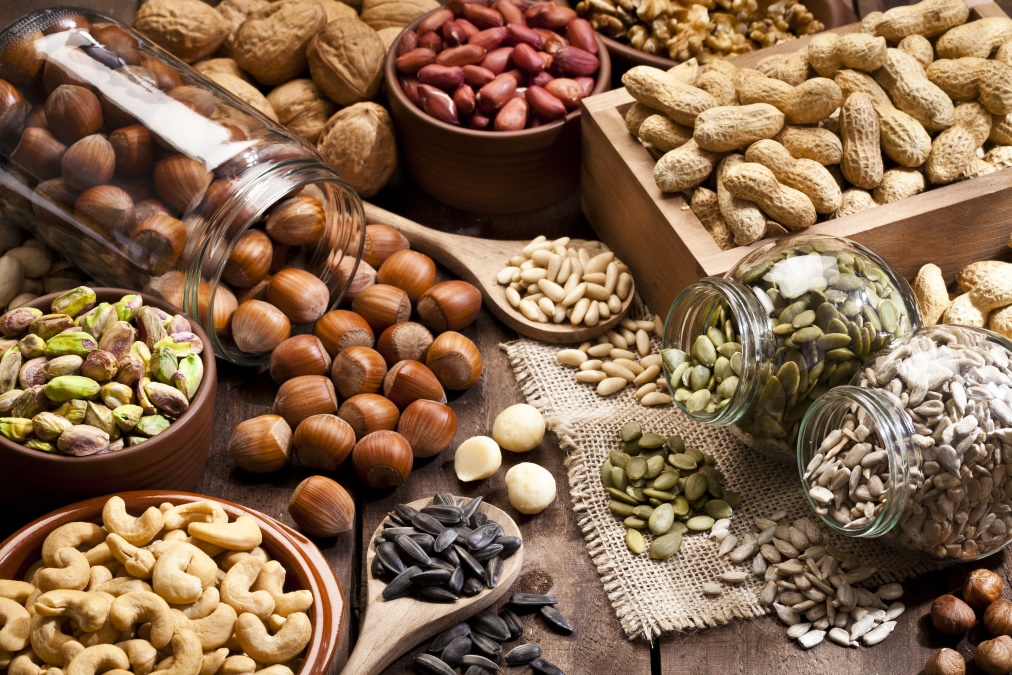
OTHER NUTS AND SEEDS (chia, sesame, hemp, walnuts, pecans, almonds, filberts, hazel nuts, etc.). A quarter-cup of nuts is considered a serving, or two tablespoons of nut or seed butters, including peanut butter.
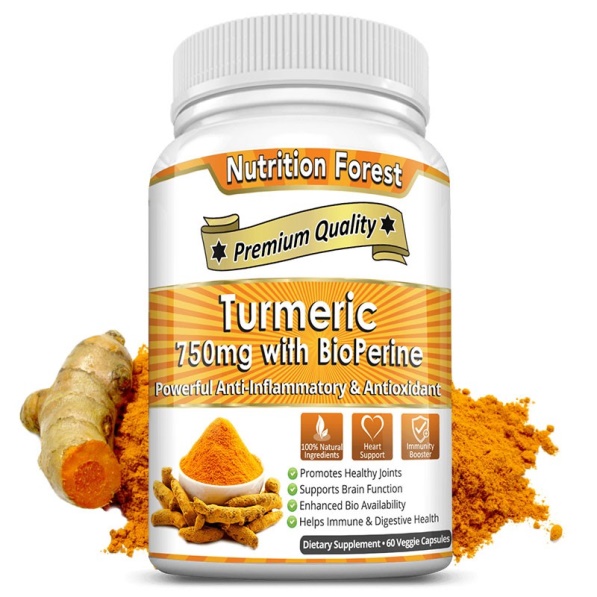
TURMERIC. One-quarter teaspoon a day of the spice turmeric is recommended.
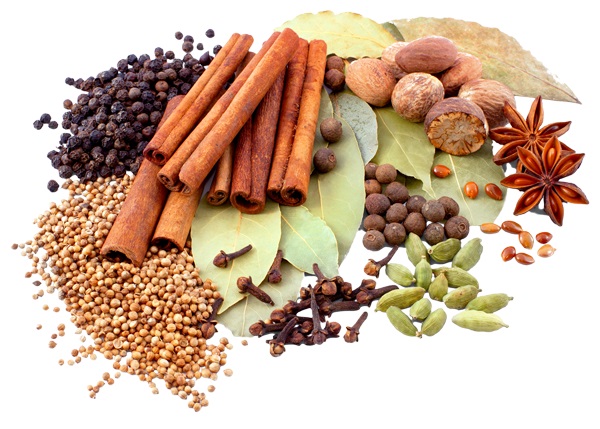
OTHER HERBS (non-salted) and SPICES (cinnamon, especially).
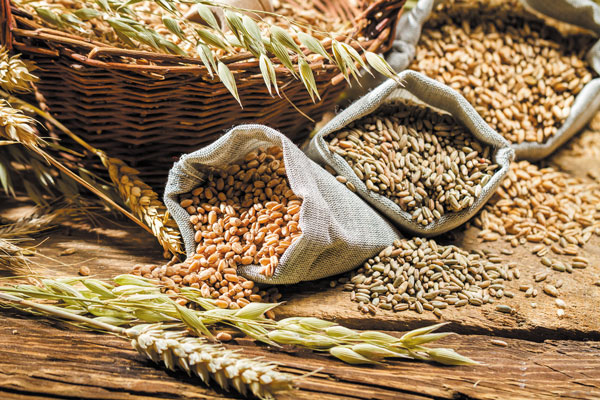
WHOLE GRAINS (oatmeal, amaranth, buckwheat, dry corn, wheat, quinoa). A serving of whole grains is a half-cup of hot cereal or a cup of ready-to-eat (cold) cereal, one whole grain tortilla or slice of bread, half a bagel or English muffin, or three cups of air-popped popcorn.

WATER. One 12-ounce glass is a serving. Five glasses a day (in addition to the water you get naturally from the foods in your diet) is the recommended amount.

EXERCISE. Finally, Dr. Greger advises one daily “serving” of exercise, which can be spread over the day. Ninety minutes of moderate-intensity activity each day (a brisk,4-miles/hour walk) or, forty minutes of vigorous activity (jogging or active sports) each day.
Sound like a lot to fit in? It’s easy. One simple peanut butter-banana sandwich (on whole-grain bread), and you just included 4 disease preventers. Or, enjoy a big salad: 2 cups of spinach, a handful of arugula, a handful of walnuts, ½ cup of chickpeas, ½ cup of red bell pepper, and a small tomato. You just ate seven disease preventers in one dish. Or sprinkle some ground flax onto that salad, add a handful of goji berries, and enjoy it with a glass of water and fruit for dessert, and you just had nearly half of your daily disease preventers in a single meal!
This checklist can help you picture what a meal might look like. Looking over the checklist, you’ll see that there are three servings each of beans, fruits, and whole grains, and about twice as many vegetables in total than any other component. So, imagine ¼ of your plate filled with grains, ¼ filled with legumes, and ½ the plate filled with vegetables. Add a side salad and fruit for dessert, and you’re set. Or try one-bowl meals, where everything’s mixed together. Instead of a big bowl of spaghetti with some veggies and lentils on top, go for a bowl of vegetables with pasta and lentils mixed in. Instead of a plate of quinoa with stir-fried vegetables on top, substitute mostly vegetables with some quinoa and beans mixed in.

But don’t obsess over the Daily Dozen. Just do your best. If you eat poorly one day, simply try to eat better the next. The point: however much, and however often foods from the Daily Dozen are included in your meals is going to go a LONG ways in helping you prevent disease!
- www.foodrevolution.org
- www.nutritionfacts.org
- www.dole.com
- www.angelsprings.com
- www.health.com
- www.amazon.com
- www.draxe.com
- www.bruiton.co.il
- www.positively-healthy.com
- www.medicalexpress.com
- www.nutritionforest.com
- www.emais.estadao.com.br
- www.health.harvard.edu
- www.newscientist.com
- www.mateshiprun.com.au
- www.marladeenfit.com
 Alice Osborne
Alice Osborne
Weekly Newsletter Contributor since 2006
Email the author! alice@dvo.com
